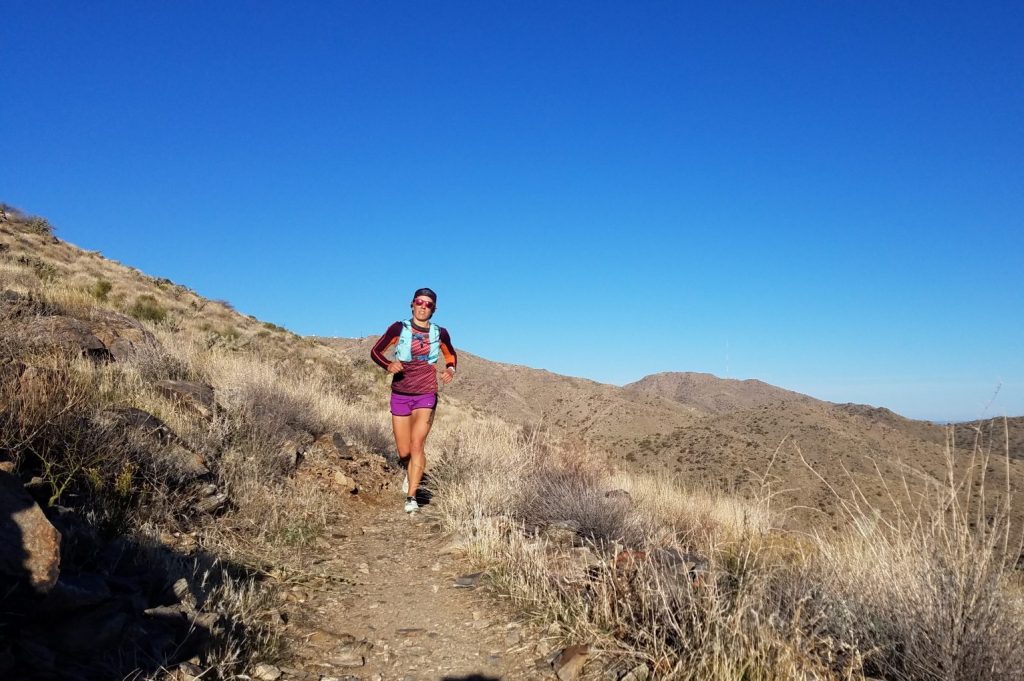Before reading this post, please note that I am not a medical expert. The information contained below is not to replace the consultation of an expert, in fact it strongly encourages you to consult one or more experts to understand and heal your injury.
Let me start by sharing three separate injury stories:
- Winter 2015: I’m trail running in Vibram 5-fingers and catch my pinky toe on a rock. Being stubborn, I decide that I am fine to finish up, but 100 yards later I am faced with the harsh truth that I am not. The urgent care provider confirms a fracture, gives me a full boot to my knee and sends me off with the instructions of NO activity for 4 weeks, no running for 8. I have a foot and ankle specialist review the films, and per his opinion I am on a stationary bike with a much smaller boot the next day, running in another 3 weeks. I go on that season to finish my first 2 ultras and the Spartan Race Trifecta.
- Summer 2017: I have a plantar fasciitis flare up during the 2nd race of the PA Mountain Running Triple Crown. Again being stubborn I decide to train and run through it, unwilling to forfeit a triple crown finish. I see a PT to keep it somewhat ok. Unsurprisingly my 100 miler to complete the triple crown leads to even more problems in my foot and ankle from compensation. After looking into different options, none of which are cost prohibitive due to my insurance, I decide to try chiropractic. Not only is my chiropractor able to help with mobility in my foot and ankle, she also helps even out other kinks that have resulted from my compensation, and does research for me on things I can do at home to speed recovery.
- Winter 2017: A coaching client starts with acute foot pain. An orthopedic specialist concurs with her guess that it might be a stress fracture. Five weeks and an x-ray, bone scan and MRI later, the results show nothing and the specialist suggests ibuprofen and more time off from running. A trip to a local running store uncovers a sublaxation of the cuboid bone. With some taping and temporary orthotics, she is able to run pain free and begins strengthening exercises to ensure she doesn’t become re-injured.
I hope you’ve noticed that the common thread of these stories is that there is no common thread. Each one had a different cause of injury, a different course taken to diagnose and treat that injury, and a different type of expert was able to come up with the solution.

As runners there is almost nothing as frustrating as an injury, except maybe the inability to explain or treat that injury. It can feel like you’re sitting on the couch watching your fitness wilt away before your eyes. So, from personal experience, and in the interest of helping others avoid the same mistakes, I’ve put together a list of things to consider when facing an injury.
- Don’t jump to conclusions: One trap that’s easy to fall into is “knowing” what’s wrong with you. Often this knowledge is based off of a recent injury of a friend, or maybe an elite you read about, or an injury that was highlighted in the most recent issue of Runner’s World. Instead, start with a broad list of potential causes and narrow down from there.
- Consult Dr. Google, but do so with caution: I’m not going to pretend that I don’t know people (me) who immediately Google their injuries. However, as with my first point, the worst thing you can do is use this knowledge to conclusively diagnose yourself. Use it as a resource to begin your investigation, and maybe identify some general things you can do (e.g. epsom soaks, stretches, etc.) that might help the situation.
- Seek a professional and seek them early: Sometimes there are little niggles that work themselves out quickly and easily with rest days. If it’s anything more than that, it’s best to set up an appointment quickly with whichever professional you intend to seek guidance from. It’s frustrating and counterproductive to spend time trying to self-treat only to find out that what you were doing wasn’t helpful, or worse, causing more harm than good.
- Consider the expertise of the professional you choose and don’t be afraid to question: If you see a generalist don’t be afraid to seek an opinion from a specialist. And if you see a specialist don’t forget that they may know a lot about their specialty but maybe not as much about running. Ask questions (in a respectful way) and get input from people who are experts in different knowledge sets (e.g. physical therapists, chiropractors, running gait experts, etc.).

- Weigh rest vs. mobility: Sometimes rest is good at fixing whatever issue you are having. Sometimes it’s better to continue activity in a modified or scaled back way and add in rehab exercises to improve the situation. Using the previous suggestions can help you determine what your injury is and which of these is most productive. For example, in the case of my foot issues, I found that running a few miles every day while incorporating rehab, actually helped with my flexibility and recovery more than complete rest. However, I was careful not to push to far and aggravate my issues, and I confirmed my plan with my chiropractor.
- Use progressively invasive treatment: As you are navigating the diagnosis and treatment of your injury, it’s likely a good idea to work from least to most invasive. Chances are trying things like stretching, icing, soaks, foam rolling, etc. have a low chance of causing more harm, and if they work you’ve just avoided unnecessary procedures that will take longer to recover from and cost you additional money.
- Remember that you are an expert on you: Do you know who knows more about your body than you? No one. Experts are experts in certain things, but every individual is different. Trust your own judgement. Not in a “that doctor doesn’t know what he’s talking about, I’m a runner and can totally tough out whatever horrible pain this is,” sort of way. Do so intelligently, and with consideration of the facts and suggestions that modern science and medicine have presented.
- Learn from it: When I served in the Peace Corps in Ghana they had a saying, “Only an idiot falls in the same hole twice.” In the case of your injury, it can be frustrating, but make sure you use it to prevent future issues. Maybe it means incorporating drills or rehab into your regular routine. Or working on improving form. Or getting fitted for different shoes. Or reconsidering the volume and intensity or your training. Or protecting your poor little pinky toes with “real” shoes.
How you deal with injuries can greatly impact your recovery time and how strong you come back. Hopefully the advice above can get you connected with the right experts and information, and on the path to recovery quickly and come back even stronger and wiser.














